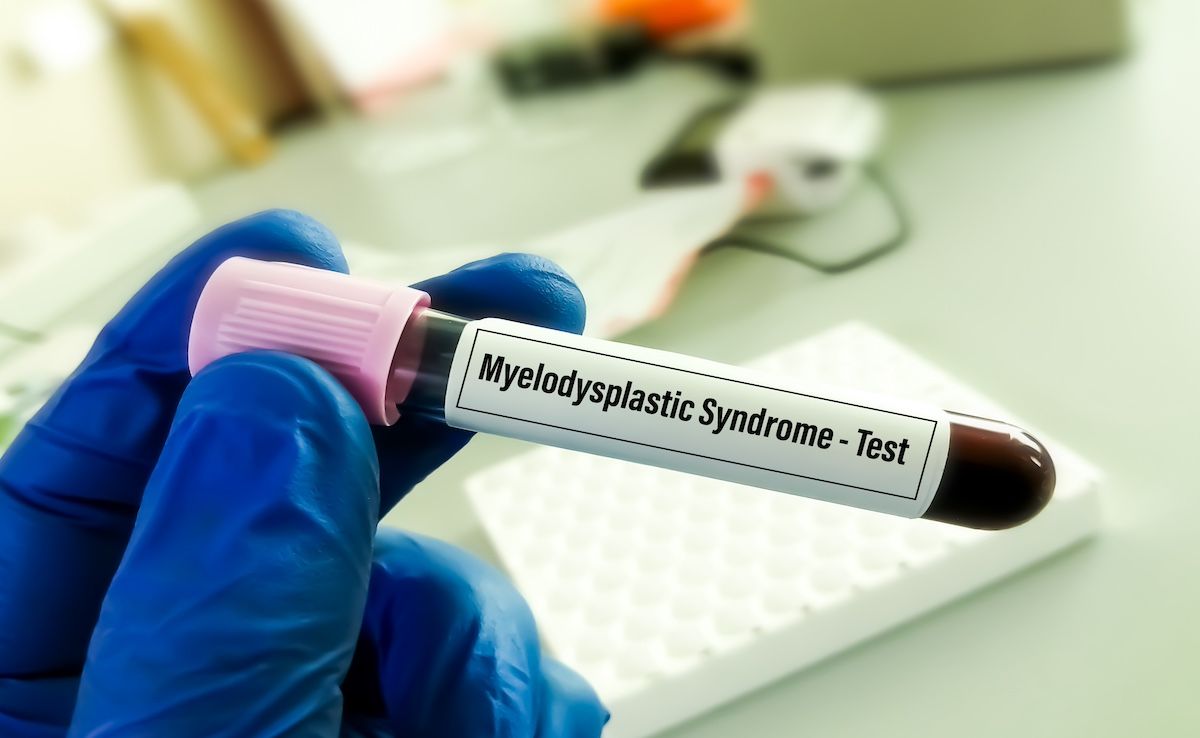Article
Study Examines NGS-Based Test in Real-World Clinical Setting for MM, B-ALL
Author(s):
A recent study showed how a next-generation sequencing (NGS) test, cloneSEQ, is being used in guideline-supported cancer care.
A recent analysis of a next-generation sequencing assay to monitor for minimal residual disease (MRD) in multiple myeloma (MM) and B-cell acute lymphoblastic leukemia (B-ALL) showed how MRD is being used in guideline-supported cancer care. cloneSEQ uses a proprietary immunosequencing platform to monitor for MRD., as well as chronic lymphocytic leukemia.
The study examined a de-identified internal database of samples from January 2018 to October 2019. The dataset came from Adaptive Biotechnologies, which created the assay; it is the only FDA-authorized MRD test available for bone marrow assessment. Patients who had a trackable sequence identified in the baseline clonality assessment were included.
In the MM set, there were 1369 patients with a median age of 65; 47.5% of them were observed to have reached MRD response of at least <10-5. A little more than 30% achieved even deeper response, below 10-6.
The patients with B-ALL totaled 704, with a median age of 25; 78.4% of these patients were observed to have reached MRD response below of at least <10-5 and 68.7% achieved below 10-6.
The authors said the analysis shows that the use of MRD assessment, consistent with guidelines from the National Comprehensive Cancer Network, is growing.
The test was approved in the fall of 2018. About 6000 people in the United States are diagnosed with ALL and 31,000 with MM in 2018 annually MRD refers to very low levels of remaining cancer cells remaining after treatment. Despite causing no symptoms, these residual cells can lead to a recurrence of the disease and can only be identified by highly sensitive tests.
“Given the association between MRD levels and long-term outcomes demonstrated across clinical trials and meta-analyses in lymphoid cancers, the ability to capture and report patient MRD values using a quantitative and standardized assay in a large real-world population presents important opportunities for understanding lymphoid cancer population health, and performing comparative effectiveness and other RWE studies,” the authors concluded.
Reference
Demaree A, Hewitt A, Eckert B, Wee Lee L. CLO20-035: Real-world minimal residual disease (mrd) assessment and trends using clonoseq in b-cell acute lymphoblastic leukemia and multiple myeloma [published online March 20, 2020]. J Natl Compr Canc Netw. doi: 10.6004/jnccn.2019.7476.
Newsletter
Stay ahead of policy, cost, and value—subscribe to AJMC for expert insights at the intersection of clinical care and health economics.




